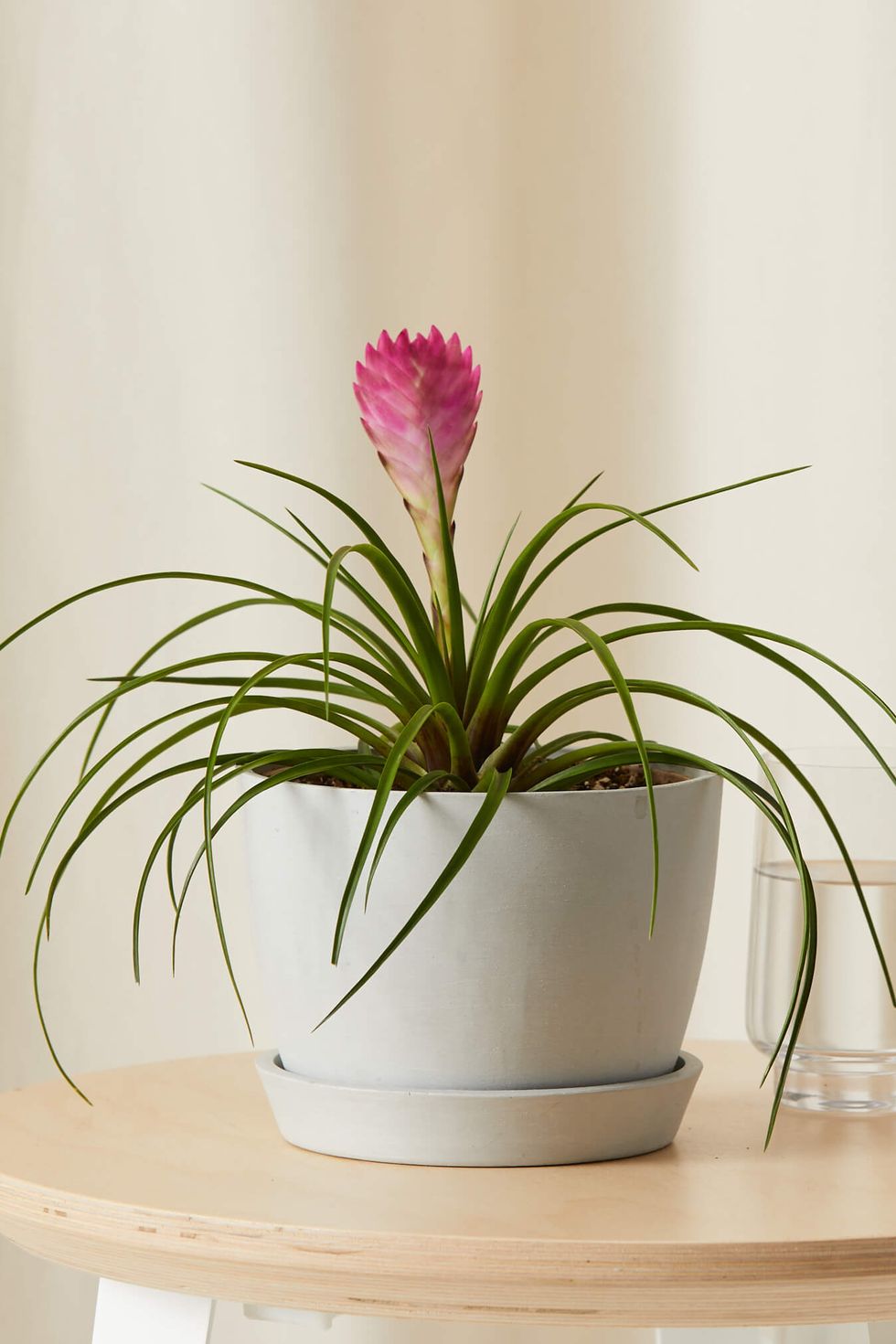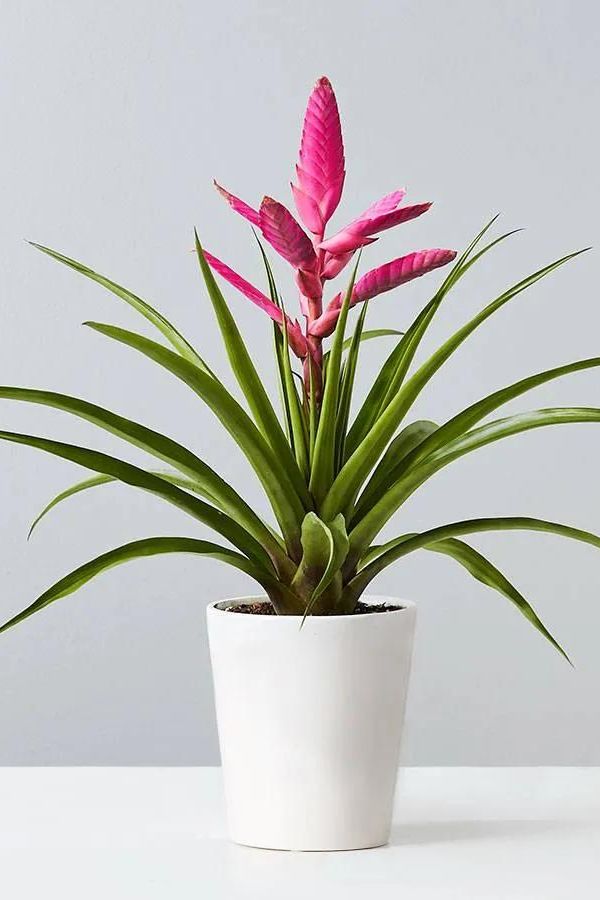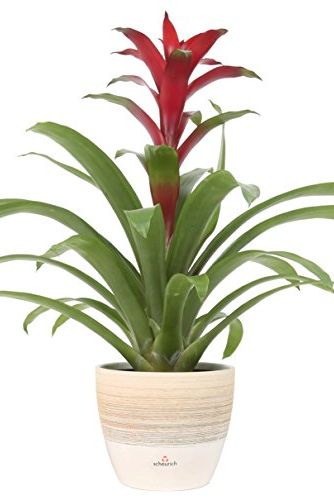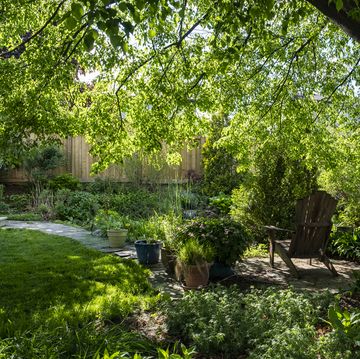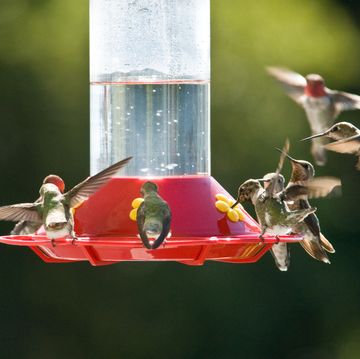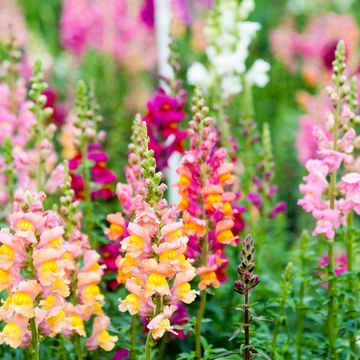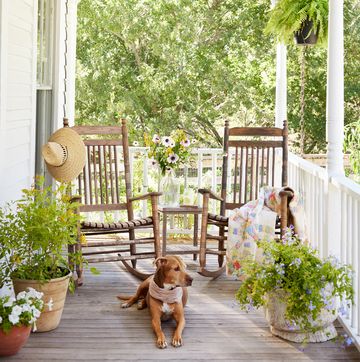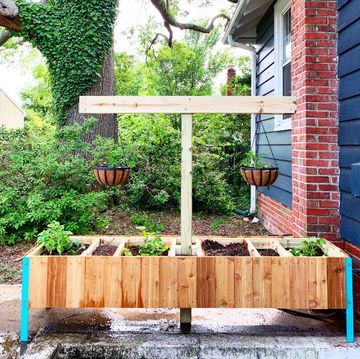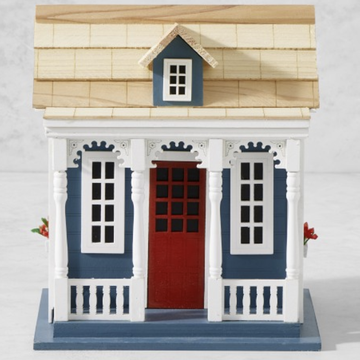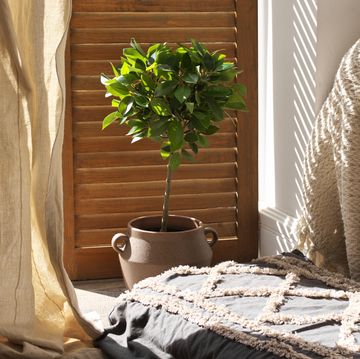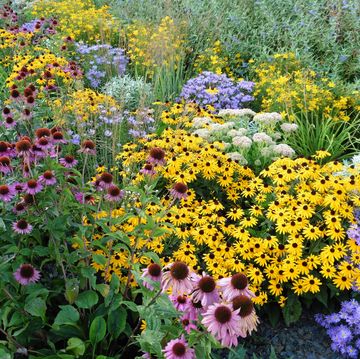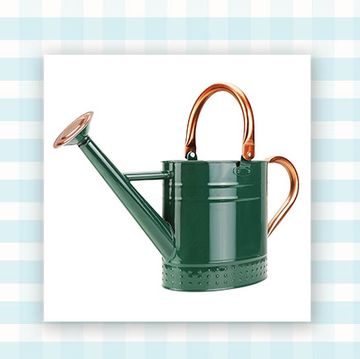You already have a beautiful Swiss cheese plant, pothos, and aloe vera plant in your home. But now you want to try a new and more exotic houseplant. Bromeliads have become more and more popular in the last few years because they’re so unusual, with attractive foliage and interesting colored bracts, a sort of modified leaf. Many types are epiphytes, which means they grow by clinging to a surface such as a tree, though they also can be grown in a special type of bark-like potting mix. Another plus? Diseases and pests are rare. “These types of bromeliads are amazing because they get everything they need from the environment,” says Debbie Neese, plant expert for Lively Root. “They’re colorful and fun, especially in the middle of winter, and the flowers can last for months.”
Here’s everything you need to know about how to care for your bromeliad.
Bromeliads need lots of bright light.
These plants need bright, filtered light in order to thrive, says Neese. Place them in an east, south or west-facing windows (north-facing don’t get enough light). But don’t put them in hot sun or they may burn. If you don’t have enough natural light, an LED grow light also works. Also, be patient! Plants may take 18 to 30 months before flowering, though you can often buy them with the bloom already intact.
Bromeliads have special watering needs.
Bromeliads have leaves that form water-holding cups, also called urns, so they can store rainwater when they grow in their natural environments. Add a few tablespoons of water to the cup of the bromeliad, near the base of the plant, and fill it occasionally. It’s okay if water overflows into the growing medium, but don’t allow the planting medium to get soggy.
Alternatively, you can water at soil level, but only when the soil feels dry when you stick a finger way into the soil. Or use a moisture meter to check the level at root depth and only water when it reads dry. Also, make sure the pot has holes in the bottom and dump out excess water in the saucer.
Finally, use only rainwater, distilled water, or unsoftened tap water which you let sit out a day or two to allow some of the chemicals to dissipate before use, says Neese. They also prefer humidity around 50 percent, so keep them on a pebble tray or group them with other houseplants to boost humidity.
Should I fertilize my bromeliad?
Feed once a month during the growing season from April to September. You can use a foliar type fertilizer, which you spray directly on the leaves, or a balanced houseplant food at half-strength, says Neese.
How do you make new plants from your bromeliad?
Sadly, your bromeliad won’t live forever! Individual plants flower once, then slowly die back. That’s totally normal! But they’re replaced by several new “pups,” which are baby plants that appear at the base of the mother plant. Make sure to water the pups, too, as soon as they form little cups. Once the pups are about 1/3 of the size of the mother plant, you can cut them off and repot in orchid mix, says Neese. It’s also fine to leave them in place as they eventually will hide the faded mother plant.
Bromeliads are safe for pets.
According to the ASPCA, bromeliads are non-toxic to both cats and dogs. However, any plant can cause GI upset and vomiting if ingested in large enough quantities, so keep this houseplant out of the reach of curious pets.
Arricca Elin SanSone has written about health and lifestyle topics for Prevention, Country Living, Woman's Day, and more. She’s passionate about gardening, baking, reading, and spending time with the people and dogs she loves.


